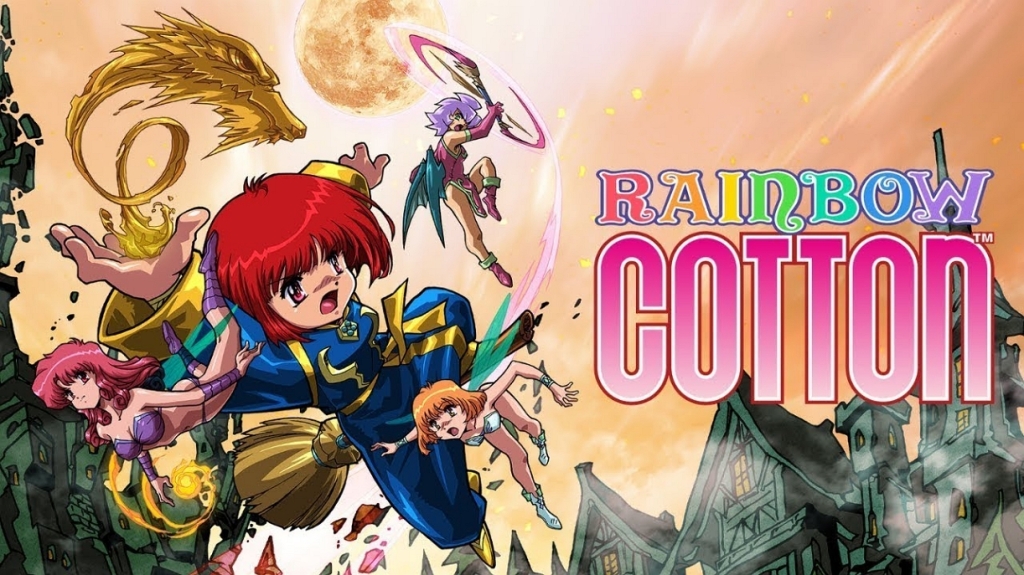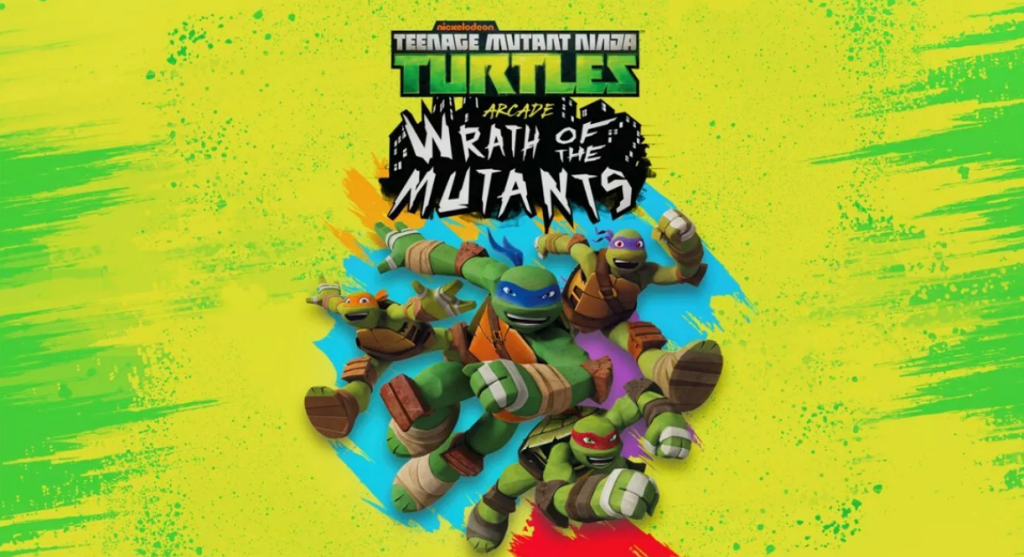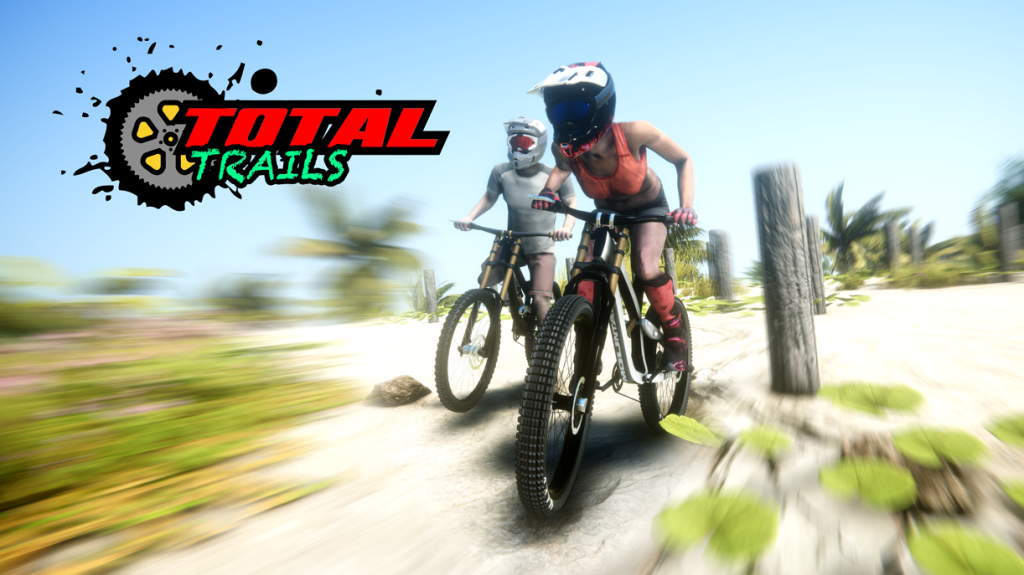Nintendo’s latest console – Switch is only a little over 24 hours away from launch (unless you are reading this later and then its most probably already released). Now I’ve not owned a Nintendo machine since the GameCube as the Wii and Wii U just didn’t appeal to me. But I really do like the look of the Switch – yet I’m in no rush to get one as the launch of a new console by anyone is always a disappointment. I prefer to wait it out a while for the hype and crowds to die down and get one further down the line, which is my plan for this new-fangled Switch appliance.

Still, with the release of Nintendo’s new console imminent, I got to thinking about some of the big N’s other products and while they have had some majorly successful products hit the market over the years – they have also had some embarrassing failures too.

Nintendo are often held in high respect when it comes to gaming, mainly due to their gold ‘Seal Of Quality’ that got plastered onto anything Nintendo back in the 80s and 90s. Nintendo can also be credited with creating the modern game controller with their SNES gamepad.

I mean – just look at that thing. The face button layout, the curving/comfy shape, the shoulder buttons, etc. Now look at your PS4/Xbox One pad. Notice any similarities?
The runaway success of their handheld console, the Game Boy and its many brethren is a sales marvel and its record smashing sales of the Wii are legendary. However, not everything Nintendo touched was turned to gold and here I’d like to take a look at some of Nintendo’s biggest FUBARs over the years.
1. Nintendo’s Headache Machine
May as well start with one of their biggest failures, their red devil – the Virtual Boy.

Oh boy, what an unmitigated disaster. Today’s gaming industry is seemingly obsessed with VR gaming. Yet Nintendo were already doing just that in June 1995 when the Virtaul Boy was first released in Japan – it was then discontinued in December of that same year. It had a slightly longer life in the US with a release date of August 1995 to March 1996. But why did it fail?

Well mainly as the games looked a lot like that. There were not exactly virtual reality that people were expecting. There were more like 3D games that used depth and perceptive than virtual reality. Not only that – but the games were bland and uninspired with a total of only 22 games ever being released over the console’s short life. Then it was being marketed as portable console, yet having one of those red abominations strapped to your head was anything but portable. Plus people that used it soon complained about feeling sick and suffering from terrible headaches.
2. Now You’re Playing With Power
As Lucas from The Wizard may say “I love the Power Glove. It’s so bad.”

Well he was right, the Power Glove was bad… so very, very bad. Released in 1989 and discontinued in 1990 The Power Glove was a disaster and yet amazingly innovative at the same time. To be fair, the Power Glove was one of the first ever peripherals to toy with motion controls but it suffered from a major problem – it just didn’t work, at least not properly. The following official commercial shows some pretty impressive and responsive controls…
But that ad couldn’t be further from the truth. The Power Glove was far from responsive and would hardly work as your on screen character would do anything except what you actually wanted them to do. Just try to get Mario to run right and jump on Koopas in Super Mario Bros. Or try to knock out Glass Joe in Mike Tyson’s Punch Out!! while using the Power Glove – good luck with that. The Power Glove was a great idea and motion controls did get better over the years, but this effort just didn’t work well enough hence its 1 year lifespan.
3. The Robotic Operating Buddy
Don’t have any friends to play NES games with? No problem as R.O.B. is here.

Released in Japan and America in 1985. Yet another Nintendo accessory with a very short life, most probably as only 2 games were ever relased that R.O.B. could play – and those games were terrible. The 2 games were Gyromite and Stack-Up. R.O.B. was created in an attempt to try to make gaming ‘different’ after the infamous game crash of 1983. R.O.B. would react to optical flashes on the screen in a similar way to how the light-gun (NES Zapper) would work. R.O.B.’s interaction changed depending on which of the 2 games were being played. It all sounded quite innovative and unique but R.O.B. was a complete joke, just ask this Angry Video Game Nerd fella right here…
Mr James Rolfe can explain what was wrong with R.O.B. with his AVGN character far better in his video than I can do here. But despite the huge failure that was R.O.B. – the little robot is still much loved among Nintendo fans and even by Nintendo themselves as he has made several cameo appearances in other games such as; StarTropics, Kirby’s Dream Land 3, Pikmin 2, Viewtiful Joe, F-Zero GX, the WarioWare series, the Star Fox series, Mario Kart DS and the Super Smash Bros. franchise.
4. The Times They Are A-Changing
Nintendo often lead the gaming market and pushed innovation – sometimes they just lagged behind the competition.

The mid 90s saw a big change in gaming for two reasons.
- 3D graphics in gaming were on the rise.
- Optical media was the future.
Nintendo’s new console, the Nintendo 64, released in 1996 embraced one of those things but pushed aside the other. In 1994, Sony unleashed onto the market their very first gaming console – the PlayStation and the machine was a runaway success, it was the forerunner for the 3D graphics gaming revolution that was going on a the time. The days of 2D sprites were dying out and 3D polygons were the wave of the future. While Nintendo embraced the polygon age, they really messed up by refusing to switch to optical media and sticking with their tried and tested cartridges.

Now, don’t get me wrong. I LOVE the Nintendo 64 and the console had some of the best games ever made; Super Mario 64, The Legend of Zelda: Ocarina of Time and GoldenEye 007 to name just a few of the many, many highlights of the glorious Nintendo 64. But Nintendo’s refusal to use the rise of CD technology simply meant that their games just couldn’t compete with what its competitors were doing at the time. The Nintendo 64 cartridges could hold a maximum of 64 MB of data, where as the CDs being used by the PlayStation could hold around 700 MB of data, So games on the PlayStation were often bigger, provided CD quality sound/music and impressive video to help push storytelling in games. If games were released on both the PlayStation and Nintendo 64 – then you’d often find that the Nintendo 64 version had content cut to fit on the cartridge. But not only were the Nintendo 64 games smaller, they were also much, much more expensive to produce too and pushed up the price of the games to the consumer.

So you’d think after that mistake Nintendo would learn their lesson for their next console, the GameCube. No, just as before they chose not to jump onto the (at the time) cutting edge DVD technology that the PlayStation 2 opted for. Instead Nintendo created their own discs with the Nintendo GameCube Game Disc. Again, while DVDs could hold much more data, and even more so when dual layer DVDs were created, the Nintendo GameCube Game Disc just could not compete. Granted – they offered faster load times, but much smaller and less detailed games overall.
5. The Wii Was A Success, But The Wii U?
There is no arguing the sales of the super successful Wii. Over 100 million sales worldwide!

Yep, Nintendo’s Wii console is the 3rd best selling home gaming console of all time. With Sony’s PlayStation and PlayStation 2 taking the number 2 and 1 spots respectively. The Wii may not have been as powerful as its competition (PlayStation 3 and Xbox 360) but what it lacked in power – it made up for in worldwide demographic attraction. Its rivals may have been catering for ‘hardcore gamers’, but the Wii went after the casual gaming market and the console found its way under millions of millions of TVs around the world from young children to pensioners. So what went wrong with the Wii U?

First, lets put things into perspective. The Wii sold over 100 million units. How many did the Wii U sell? Around 13 million. The Wii U is Nintendo’s worst selling home console to date. So what went wrong?
- The advertising campaign hardly helped as it was never made clear that the Wii U was an all new console and instead came across as a simple add-on peripheral for the Wii and the similar name didn’t help either.
- Lack of third party support. A lot of big name game developers just didn’t release any games for the Wii U and Nintendo didn’t seem to try to get third party support either.
- No Zelda or Metroid. Two of Nintendo’s biggest franchises and there never was a Wii U exclusive for either of them. Yes there were ports of games from the Wii, but no Wii U specifically developed Zelda or Metroid.
- Short life span. Its only been a little over 4 years since the release of the Wii U and the Switch. Nintendo seemingly abandoned the Wii U because they knew it was failing. So never mind third party support, it didn’t even have first party support.
- Terrible launch games. Not that there were no good launch games, more a fact that there were very few good titles. Just Dance 4, Sing Party, Funky Barn, Your Shape: Fitness Evolved 2013. These are launch titles?
- The Wii U GamePad was a nice idea… but too many games forced its usage onto games and would often have you trying to look at 2 different screens at the same time. For some games it worked, but for many it just didn’t. Star Fox Zero anyone? The Wii U GamePad just became an unwanted gimmick.
6. Nintendo Used To Be (Word Removed For ‘Reasons’)
Now, Nintendo US and Europe seem to be embracing the adult gamer – but it wasn’t always like that.

It was the NES and SNES era when Nintendo went a little over the top with the censorship, but it still occurs today. But before I get to the modern era, lets take a look at some of the cases where Nintendo edited and cut content from games.
They would change crosses in the Japanese versions of games into anything but a cross (see above) for the other versions and the example above is only one of dozens. Blood would be cut from games like Final Fight and Mortal Kombat. ‘Naked’ statues from Super Castlevania IV in the Japnese version are clothed in other versions. Even simple words like Chun Li’s ending from Street Fighter II′: Champion Edition where some males refer to her as being ‘hot’ in the arcade is changed to them saying she is ‘cool’ in the SNES port – because claiming someone is ‘hot’ is too sexy I guess? Ayla from Chrono Trigger on the SNES implies she likes both males and females and is bisexual in the Japanese version – but in the US version, her lines are changed and even cut completely to remove any reference to this fact. She even has a line removed where she claims that feeding young children milk makes them strong in the Japanese version, because that implies breasts.

While Nintendo have relaxed their censorship over the years and are even allowing pretty damn sexy and more violent games on their consoles. I mean Bayonetta 2 was a Wii U exclusive. They are still editing, cutting and altering gaming content now. With games like; Fire Emblem Awakening, Bravely Default, Xenoblade Chronicles X, Fatal Frame: Maiden of Black Water just to name a few that have been censored in various ways from the Japanese versions for the US and European regions and there are many, many more examples of Nintendo’s censorship over the years too.
Nintendo have censored any and everything from religious imagery, pixels of blood and even basic/inoffensive wording. If you would like to read up a bit more of some of Nintendo’s censorship over the years, please check out this article from tanookisite.com.
7. Creating Their Own Downfall.
Nintendo have done some stupid things in the past – but creating their own biggest rival is probably the worst.

I think that Nintendo’s SNES may very well be my all time favourite game console. Oh the memories I have of this beauty and the hours up on hours of time I spent playing some of the best games of my teenage years. Earthbound, F-Zero, Super Castlevania IV, Star Fox, Super Metroid, Super Mario World, The Legend Of Zelda: A Link To The Past. I could go on and on. The SNES was an amazing machine with one of the greatest library of games to ever exist.
But the very worst thing (or best depending on your point of view) that Nintendo ever did was help to create what would become their very own main rival. The early 90’s saw the rise of CD-ROM based technology in gaming. SEGA had released the SEGA CD in 1991 to update their main console at the time, the SEGA Mega Drive and Nintendo wanted to try the same for their SNES console. So Nintendo hired two companies to help develop a CD based add on for their console – these companies were Philips and Sony. Nintendo did not tell either company they were also working with someone else on the idea. In June 1991 at the Consumer Electronics Show (CES), Sony revealed a SNES with a built-in CD-ROM drive and this coming together was called the Play Station (with a space).

The next day after the CES reveal, Nintendo broke its partnership with Sony, opting to go with Philips instead. Unbeknown to Nintendo at the time, they just inadvertently created their main rival for the next generation of gaming.
Sony were so annoyed by this backstabbing from Nintendo that they took everything they had learned and developed with the SNES CD/Play Station, founded Sony Computer Entertainment (SCE) and made their own console – the Sony PlayStation (no space). Released in 1994 and it went on to become one of the most popular consoles of all time. The PlayStation outsold Nintendo’s next machine – the Nintendo 64, and marked the decline of Nintendo from that point onward as they went from market leaders to playing second fiddle to Sony’s runaway success. So much so that even after all these years, Nintendo are still lagging behind Sony’s PlayStation brand.
So there you have it. 7 times where Nintendo probably were not thinking straight and gave us gamers more than a handful of failures and there are plenty more I haven’t even mentioned.

I really do hope that Nintendo’s Switch is a success and gets the brand back on top where they belong. But have they actually learned anything from their failures over the years? They do seem to be repeating some of the same mistakes – no Blu-ray media here and instead Nintendo are going back to cartridge based games which are much smaller data-wise and more expensive to produce (hence more expensive games), very gimmick based like the Wii U before it, etc.




Please leave a reply/comment.